Survivor, Baltistan style
The people of the valleys are natural born engineers.
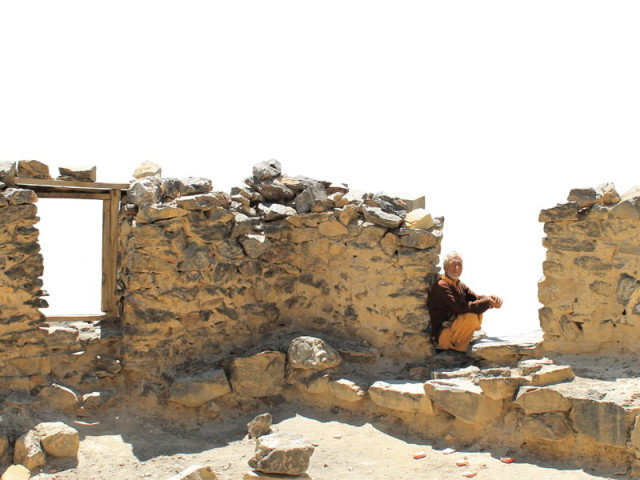

The British explorer GT Vigne, who visited the region between 1835 and 1838, wrote about their harsh lives. They were “unusually thin and careworn” and lived on the scanty fare of a mountaineer, which consists chiefly of bread made from grains, and apricots dried in the sun.

A craftsman at BEDAR — the organisation that strives to revive the local culture and arts of Baltistan. PHOTO: RINCHAN ALI MIRZA
Yet despite the hardships, they are happy to live here — mostly because they are adept at making the most out of whatever meagre resources are at their disposal. Their whole lives revolve around the central tenet of survival to such an extent that over the course of their history they have devised ingenious solutions to effectively cope with the harsh climate and rugged landscape of their native valleys.

Local merchants come to buy wood outside the Tissar Village in the Shigar Valley. PHOTO: RINCHAN ALI MIRZA
The Kachah
The first and foremost solution the Baltis devised in order to survive the prolonged harsh winter relates to the design of their dwellings. Every home, called Nangh in Balti, includes a basement or Kachah. Its four sides are fitted with compartments or Khulngsas where either children are can lie down to rest or livestock fodder is stored. In the centre there is a Bukhari or heater which consists of a wide cylindrical fire-chamber at the base in which wood is burned and a narrower cylinder on the top that helps heat the basement and acts as a chimney. The floor, walls and roof of the basement are made out of wooden planks in order to prevent the heat generated inside from escaping. The kitchen, which is merely a fire stove, is placed next to one of the walls. In this way, the basement becomes a completely self-sufficient unit during the winters, with its multiple functions of a living quarter, storage facility and kitchen.

A field of buckwheat plants in front of a traditional Balti house. It is widely believed by locals that this plant carries the cure for diseases like cancer and tuberculosis. PHOTO: RINCHAN ALI MIRZA
The Zakh
Another truly remarkable piece of Balti engineering is the locally made raft or Zakh. It is used in the summer season when the melting of glaciers causes the water levels in the rivers to rise, making the makeshift suspension bridges too dangerous to cross. The entire frame of the raft is made out of wooden sticks. Several inflatable sacks made out of sheepskin are attached to the frame. Air is then pumped into the sacks so the wooden frame floats. The raft is an example of Balti engineering using two abundantly available local materials: wood and sheepskin.

Guardians of the wooden, suspension bridge between Khaplu and Saling. PHOTO: RINCHAN ALI MIRZA
The rafts are operated by designated sailors or Chungkhans who have, over the years, mastered the art of navigating the rivers. They are given the sole responsibility of operating and maintaining the rafts which ensures that the vehicles are always handled by trained people and are regularly maintained at a high standard, minimizing the risk of accidents.

The wooden frame of a locally made raft called the Zakh.PHOTO: RINCHAN ALI MIRZA
The Chorong
Another indispensible piece of equipment is the Chorong or a multi-purpose rucksack that can carry fire wood or even give babies a piggyback ride. It is essentially a wooden basket shaped like a pyramid. Two straps made out of plastic or rope are used to load the basket onto the shoulders. Everywhere you go in the valleys of Baltistan you will always encounter people, whether young or old, male or female, either on their way up or down some mountain with a chorong on their backs. The sight is so familiar that it has become the most commonly used symbol by the state tourism authorities.

The indigenous technique for threshing that requires a circular ring to be made on the ground using rocks. A wooden stick is then fixed in the middle with one end of the rope tied to the stick and the other around the neck of four cows. The cows are then made to trudge along in circles over barley or wheat placed inside the ring. PHOTO: RINCHAN ALI MIRZA
The Khuyou
The Baltis have the uncanny ability of performing intricate tasks with a few simple tools given their scant resources. One example is the procedure for manually threshing crops or Khuyou. It involves creating a circular ring on the ground using a boundary made of rocks. A wooden pole is fixed in the middle of the ring. One end of a rope is tied to the pole with the other end tied to the neck of four cows. The cows are then made to trudge along in circles over barley or wheat spread on the ground inside the ring.

The entrance to the basement or Kachah of a traditional Balti home. PHOTO: RINCHAN ALI MIRZA
The introduction of modern technology has put tremendous pressure on the Baltis to change the traditional aspects of their lives, including the ones described here. For instance the dwellings that were made entirely of wood are now increasingly being replaced by homes made of roller-compacted concrete (RCC) since wood has become an expensive commodity. The use of a Zakh to cross the rivers has declined sharply since the construction of bridges that have connected most valleys in the region. The manual procedure for threshing crops has become obsolete with the introduction of the combined harvester machine in most places and is only prevalent in a few remote villages that have largely remained untouched by modern civilisation.

A Balti man from the Shigar Valley carrying a locally made rucksack over his back called the chorong. PHOTO: RINCHAN ALI MIRZA
While technology’s benefits are undeniable, it is worth keeping in mind that as a people progress, they would do better to preserve their traditions or cultural history. The march of progress should not bury the past.

A 200-year-old Balti home which has now been converted into a storage for live stock fodder. PHOTO: RINCHAN ALI MIRZA
Published in The Express Tribune, Sunday Magazine, October 20th, 2013.

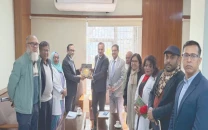

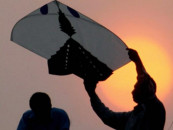
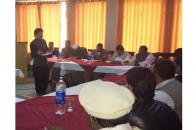
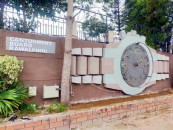
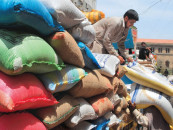












COMMENTS
Comments are moderated and generally will be posted if they are on-topic and not abusive.
For more information, please see our Comments FAQ